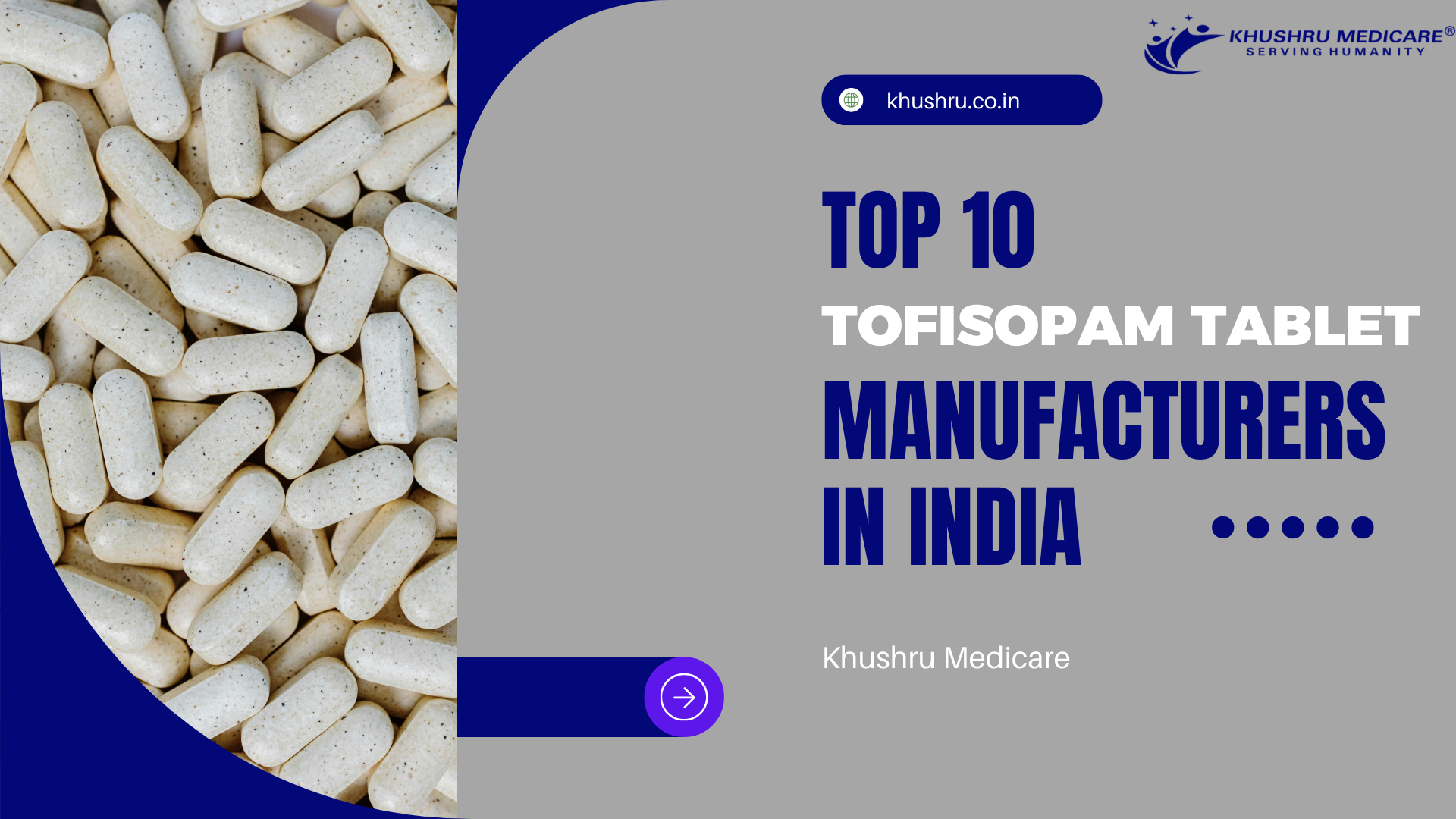
Welcome to the exciting world of pharmaceutical manufacturing! If you’re in the industry, you know how crucial it is to stay updated with the top trends and innovations. 2024 is set to bring transformative changes, especially in third party manufacturing pharma. This blog will explore the top trends you need to watch out for, ensuring your business remains competitive and efficient.
Overview of Third Party Manufacturing Pharma Trends
Before diving into the specifics, let’s discuss what we mean by pharmaceutical manufacturing top trends. These trends reflect the evolving technologies, practices, and regulations that shape the industry. Staying abreast of these top trends helps companies enhance their processes, ensure compliance, and maintain a competitive edge. Innovation in pharma manufacturing is not just a buzzword; it’s a necessity for growth and sustainability.
Technological Advancements in Third Party Manufacturing Pharma
One of the most exciting top trends is the integration of advanced technologies like automation, artificial intelligence (AI), and blockchain. Automation and AI are revolutionizing manufacturing by increasing efficiency and reducing errors. For example, AI-driven predictive maintenance can prevent equipment failures, ensuring smoother operations.
Blockchain technology, on the other hand, is enhancing transparency and security in the supply chain. By providing an immutable record of transactions, it helps in tracking the provenance of pharmaceuticals, ensuring authenticity and compliance.
Advanced analytics and big data are also playing pivotal roles. These technologies allow for real-time monitoring and optimization of manufacturing processes, leading to higher quality products and reduced costs.
Sustainable and Green Manufacturing Practices
Sustainability is no longer optional; it’s a critical aspect of modern manufacturing. Companies are increasingly adopting eco-friendly practices to reduce their environmental impact. This includes using renewable energy sources, reducing waste, and implementing efficient water management systems.
A great example is GlaxoSmithKline (GSK), which has committed to becoming carbon neutral by 2030. They are investing in energy-efficient technologies and sustainable raw materials, setting a benchmark for the industry.
Regulatory Compliance and Quality Assurance
Regulatory landscapes are becoming stricter worldwide, pushing manufacturers to enhance their compliance and quality assurance practices. Third party manufacturing pharma must adhere to Good Manufacturing Practices (GMP) and other regulatory standards to ensure product safety and efficacy.
Robust quality assurance systems are essential. For instance, companies are increasingly using digital tools to monitor compliance in real-time. Pfizer, for example, has integrated digital quality management systems to streamline their processes and ensure adherence to global standards.
Customization and Personalized Medicine
The rise of personalized medicine is changing how drugs are manufactured. Personalized medicine tailors treatments to individual patients, requiring customization at an unprecedented level. This trend is driving third party manufacturers to adopt flexible production lines that can handle small batches efficiently.
Biotech firms often collaborate with third party manufacturers for custom formulations. A notable example is the partnership between Novartis and Lonza, which focuses on developing personalized therapies for cancer patients.
Digital Transformation in Pharmaceutical Manufacturing
Digital transformation is sweeping across the pharmaceutical industry. The Internet of Things (IoT) and smart manufacturing technologies are becoming integral to modern facilities. IoT devices enable real-time data collection and analysis, improving decision-making and operational efficiency.
Digital supply chain management is another game-changer. Companies like Merck are using digital tools to enhance their supply chain transparency and efficiency, reducing lead times and improving service levels.
Collaborative Models and Strategic Partnerships
Collaboration is key in today’s pharmaceutical landscape. Strategic partnerships between pharma companies and third party manufacturers are becoming more common. These collaborations often focus on research and development, leveraging each partner’s strengths to drive innovation.
A successful example is the collaboration between AstraZeneca and Daiichi Sankyo, which focuses on developing new cancer treatments. Such partnerships enable faster development and commercialization of new drugs.
Market Expansion and Global Reach
Expanding into emerging markets is a significant trend for third-party manufacturers. These markets offer growth opportunities due to increasing healthcare needs and favorable regulatory environments. However, navigating global regulatory landscapes can be challenging.
Companies like Dr. Reddy’s Laboratories have successfully expanded into multiple international markets by adapting their strategies to local regulations and demands. Scaling operations globally requires strategic planning and robust infrastructure.
Recapping the key trends, it’s clear that 2024 will be a year of significant advancements in third-party pharmaceutical manufacturing. From technological innovations and sustainability to regulatory compliance and strategic partnerships, staying updated with these trends is crucial for success. Leveraging these trends can help your business streamline operations, reduce costs, and focus on delivering high-quality products.
Ready to explore third-party manufacturing options? Reach out to top trends in third party manufacturers and see how they can help you achieve your business goals. Stay informed, stay competitive, and let’s make 2024 a year of growth and innovation in pharmaceutical manufacturing!




